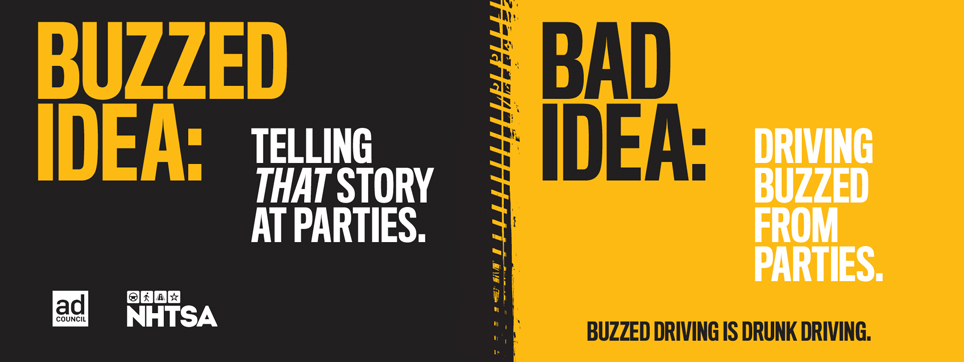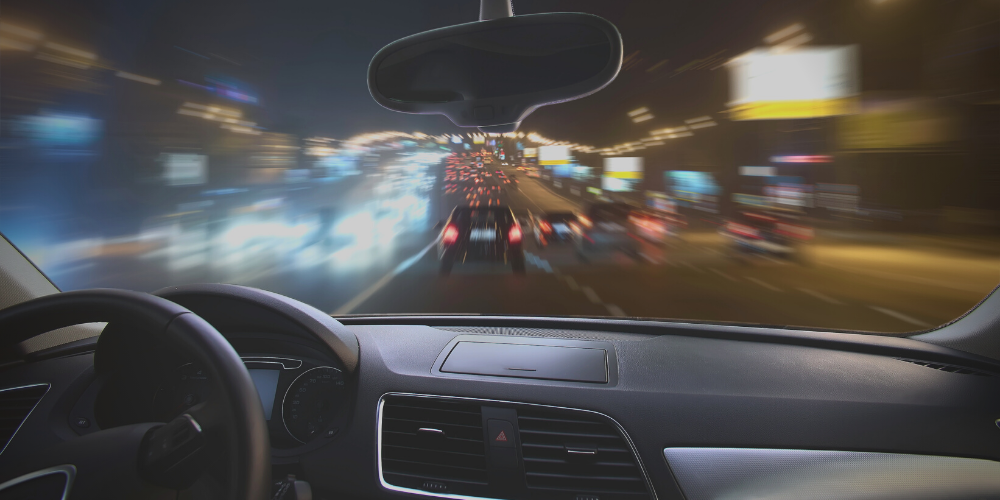With more people on the road visiting families and with alcohol playing a part in many festivities, it may not come as a surprise to find that drunk driving numbers spike around the holidays. However, did you know that New Year’s Day is the second deadliest day for vehicle crashes nationwide? The first day of the year averages 135 deaths, second only to July 4th with 141 deaths. Unfortunately, January 1st is also the most deadly day for pedestrian deaths as well. According to the IIHS, otherwise January is generally one of the months with the fewest deaths.
How to stay safe
It is true that you cannot control the actions of others on the road. However, there are precautions that one can take to ensure the safest ride possible during this holiday season.
Secure a sober driver
First and foremost, if you plan to drink, always have a designated driver or arrange for a taxi or rideshare driver to take you where you need to go. In previous years, organizations such as AAA would offer a free “tipsy-tow” to transport drunk drivers. However, this program has been discontinued due to the COVID-19 pandemic. With this change, it is more important than ever to go into the night with a plan for getting home.
Take precautions in your own car
Whether you are the designated driver or are an impaired passenger, you can help prevent tragedies on the roads. One of the easiest steps to remain safe is to wear a seatbelt at all times. According to the NHTSA, seatbelt use in passenger vehicles save an estimated 14,955 lives per year. Another important safety factor is speed. For every 10mph of increased speed, the risk of dying in a crash doubles. This means that getting in accident while going 80mph instead of 60mph increases the risk of death by 4 times. According to the National Safety Council, 40% of fatal crashes with speeding drivers aged 21 to 44 involve alcohol.
Don’t drive buzzed
Even if you are under the “legal limit” of .08 after a few drinks, it is not a good idea to get behind the wheel. Buzzed driving is still drunk driving.

A buzzed idea is being the person who tells THAT story at parties, but do you know what a bad idea is? Driving buzzed from parties. Image credit: NHTSA
Though most understand drunk driving to be when their blood alcohol concentration (BAC) is .08 or higher, being below that number can still impair your driving abilities. Even as low as .02, drivers can begin to have worsened visual function and have a lowered ability to perform two tasks at the same time, such as having a conversation while also paying attention to the road. As the BAC gets closer to the “legal limit” at .05, drivers have reduced coordination, a harder time tracking moving objects, and having a delayed response to emergency situations.
The idea of a “legal limit” in Georgia is a little bit nuanced. Georgia is one of the strictest states for DUIs. If you are under 21, there is a zero-tolerance policy. This means that any driver under 21 with a BAC of .02 or higher (the margin of error for most breathalyzers) can be charged with a DUI. However, that does not mean that drivers over 21 can get away with driving between .02 and .079. A person can still be charged with a DUI with a BAC under .08 if they are considered a less safe driver or are deemed to be impaired.
What to do if you are injured by a drunk driver
If you have been injured due to a drunk driver, it is important to seek legal representation. The attorneys at Rafi Law Firm have experience dealing with all types of car accidents and injuries, including those caused by impaired drivers.


